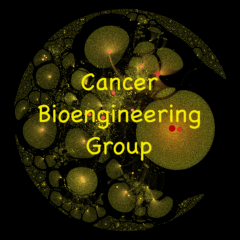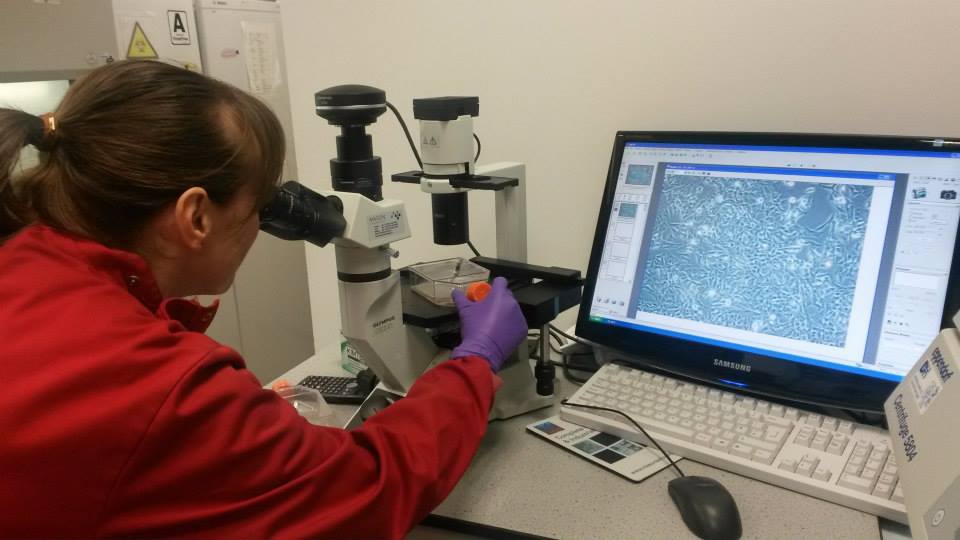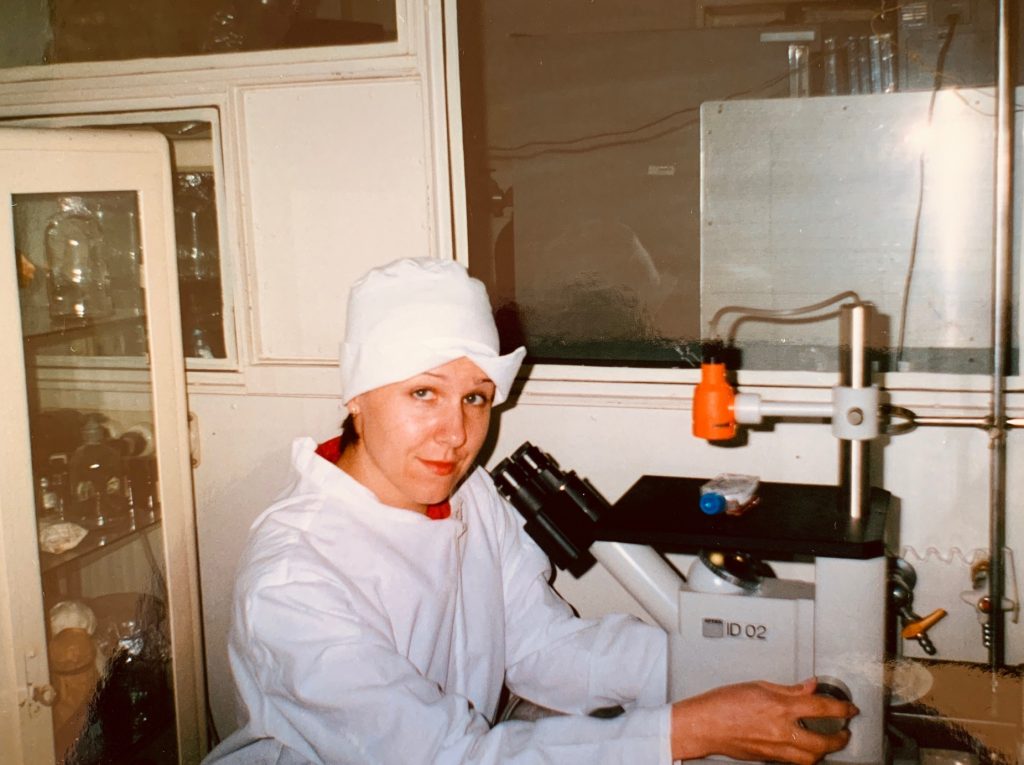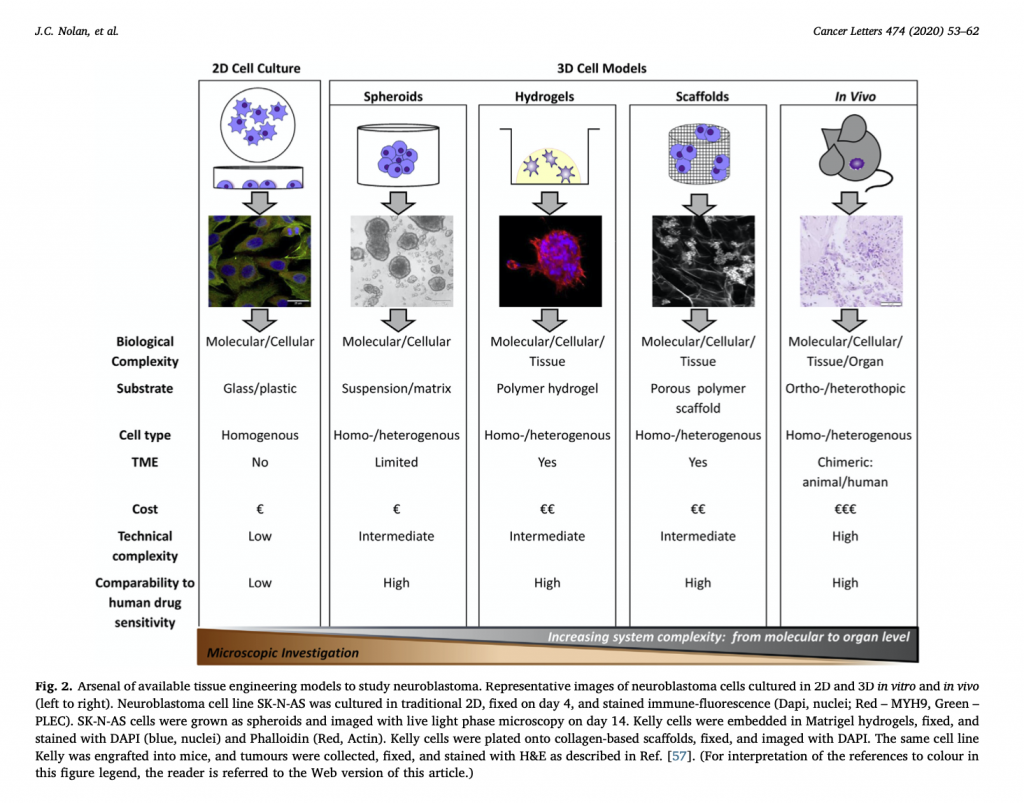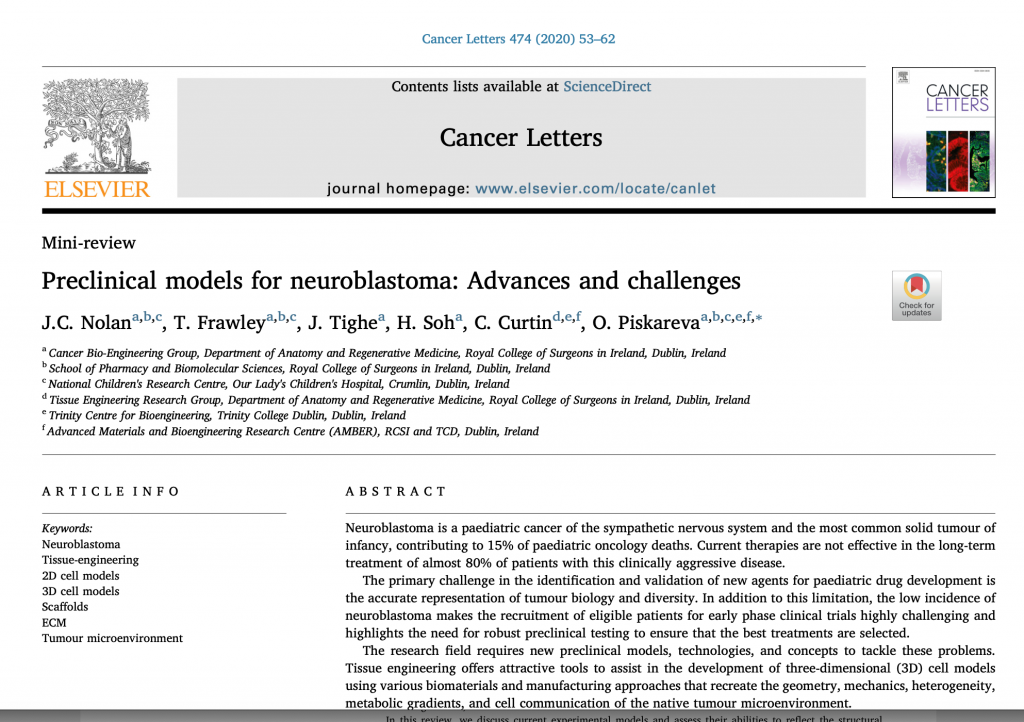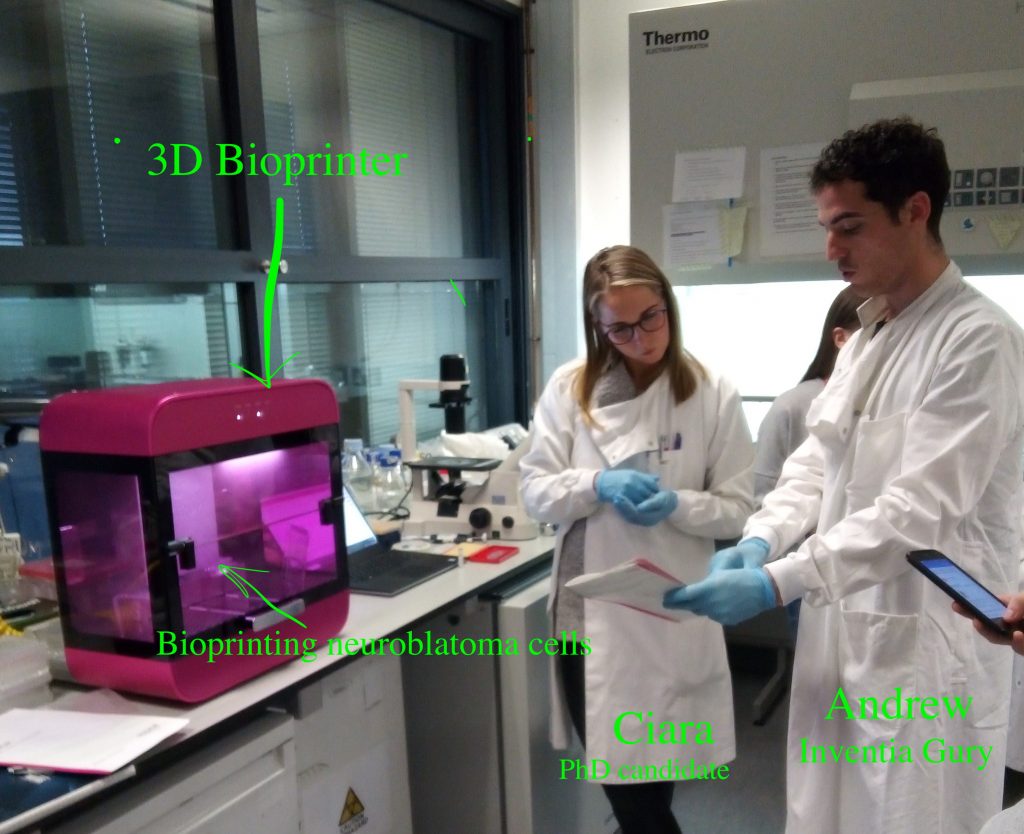You may wonder whether I re-submit the same. the third time? Actually, our team has 3 ongoing PhD students and one starting from October. So, here we are. Three identical titles so far but different journeys. Today, it is Tom’s turn to tell his story.
Three years I ago I decided to try my hand at some cancer research and quit my job as a medical scientist in a diagnostic lab. I am now in my third year of a PhD and I am certain I made the right choice. It was a challenging transition from working in an environment with a lot of automation and standard operating procedures to one where you have to figure out everything for yourself! However, I think that that learning experience has allowed me to adjust quite well to all of the COVID-19 related upheaval.
Pre-pandemic you could saunter between your office and the lab as often as you pleased, you had a choice of at least four different places to go for coffee on campus and you could squeeze into a packed lift to avoid the stairs to the lab. Now a day in the lab is quite different. We have to book lab space online, social distance from our colleagues, frequent hand washing and wear a mask at all times.
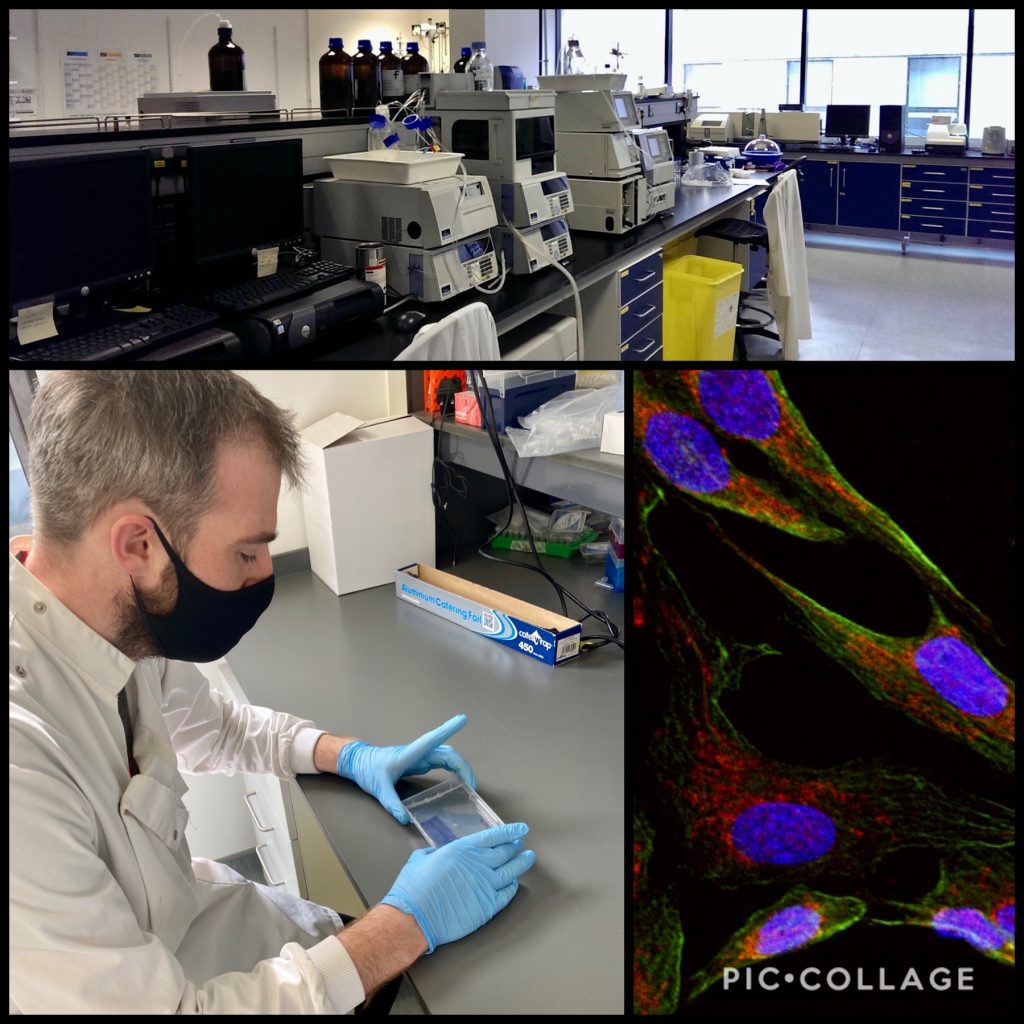
These days I plan all my lab work and book lab bench space the week before. On a typical day I split my time between the lab and working from home. I am quite fortunate that my commute is only a 6 minute walk through Stephens Green, which is only 5 minutes longer than the walk from the lab to my old office.
Working through a pandemic is certainly challenging however I do appreciate my time in the lab much more now and I feel like I am much more productive when access to the lab is limited.
Thomas Frawley, the IRC-NCRC funded PhD student.
